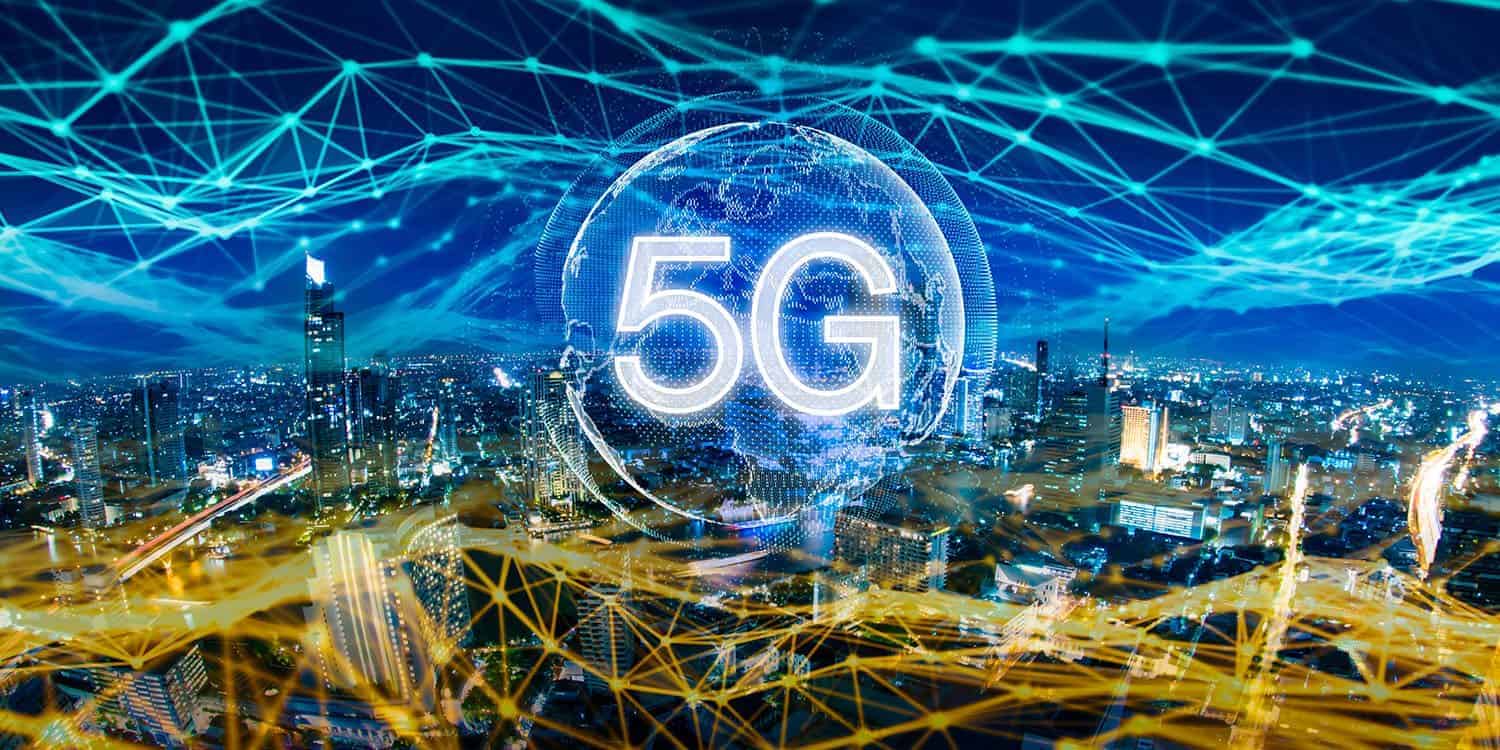This article focuses on the subject of 5G radiation, which is a non-ionizing type of electromagnetic radiation. Because 5G radiation is small, it does not have the capacity to break the bonds between chemical molecules in biological tissue or cause any modifications to cells. It is not known whether 5G radiation can affect the risk of skin cancer, and no evidence has been found to suggest that it could cause any other diseases.
High-frequency millimeter wave radiation
High-frequency millimeter-wave radiation from mobile phones and wireless networks may cause health issues to humans. There are many ways this radiation could cause harm. In some instances radiation may cause damage to someone's DNA. In other cases the radiation may cause harm to other areas of the body, including the brain.
Recent research has revealed that 5G technology could cause the heating of tissues. As a result, researchers from the International Council on Non-Ionizing Radiation Protection (ICNIRP) has called to review the current thermal and biological safety standards. The current exposure standards don't protect people from excessive heating in the event of exposure to pulsed millimeter wave radiation.
Skin cancer risk
There isn't a definitive answer to the question of whether 5G radiation could cause skin cancer. 5g towers radiation is however believed that 5G RF-EMFs behave much like radiations that emit high-LET. This means that they may cause large amounts of free radicals that can be found in the skin. The FCC has not issued any specific guidelines on the dangers of 5G technology. The debate continues.
Although there has been a variety of studies that examine the impact of radio waves with higher frequencies on human health, these studies have been largely limited in scope. However, there is concern over the effects of millimeter-wavelength exposure on oxidative stress and gene expression. These effects may extend to the skin as well as other organs, like the brain.

Influence on other diseases
An innovative new technology in wireless, 5G, is rapidly growing in popularity however, scientists are advising against the health risks that could be associated with it. The technology will significantly increase the quantity of electromagnetic radiation that is found in our environment. This issue has sparked debates in many nations, including Switzerland. In September 2017, 390 scientists and doctors supported a motion for the suspension of 5G technology. This call was ignored by the European Commission, which is in charge of regulating the use of technology like 5G.
As a result, more research is needed to assess the health effects of 5G. In the meantime research has shown that 5G doesn't cause the same effects in humans as the old mobile networks. Also, 5g towers radiation doesn't spread the new coronavirus type. Additionally, it does not make people more susceptible to infections caused by viruses.
Exposure measurement
The measurement of exposure to radiation from 5G is a crucial aspect of making sure that 5G networks are safe. There are two ways to measure exposure. One method is measuring the power of radio waves absorbed by human tissues. Another is measuring the amount of radiofrequency energy emitted from an object. Radiofrequency energy (RF) is an energy field that comes from radio transmitters.
In the United States, the FCC has implemented a limit on the power density of mobile devices running 5G. These tests only measure power density at just several inches, and the FCC does not have to measure every beam. However, how much power is generated by each beam is estimated by computer simulation. The most extreme scenario is selected based on the beam's configuration. each beam.
Limitations of the study
There has been a lot of discussion over whether 5G radiation will affect the health of humans. The Swiss authorities, for example has issued a report which concludes that 5G technology does not cause adverse health effects in the short term, but there aren't any studies that have demonstrated long-term negative effects. However, 5g radiation has a variety of issues, including biased reporting.
The strength and frequency of the radio waves that carry energy will depend on the frequency. The energy carried by a millimetre wave will be similar to the current radio waves, but they are much smaller in size and ideal for high-density settings, since they will not be obscured by walls or glass. Urban areas with high density would require a high number of tiny, low-power sites while suburban areas would be better served by 5G networks operating at lower frequency.
